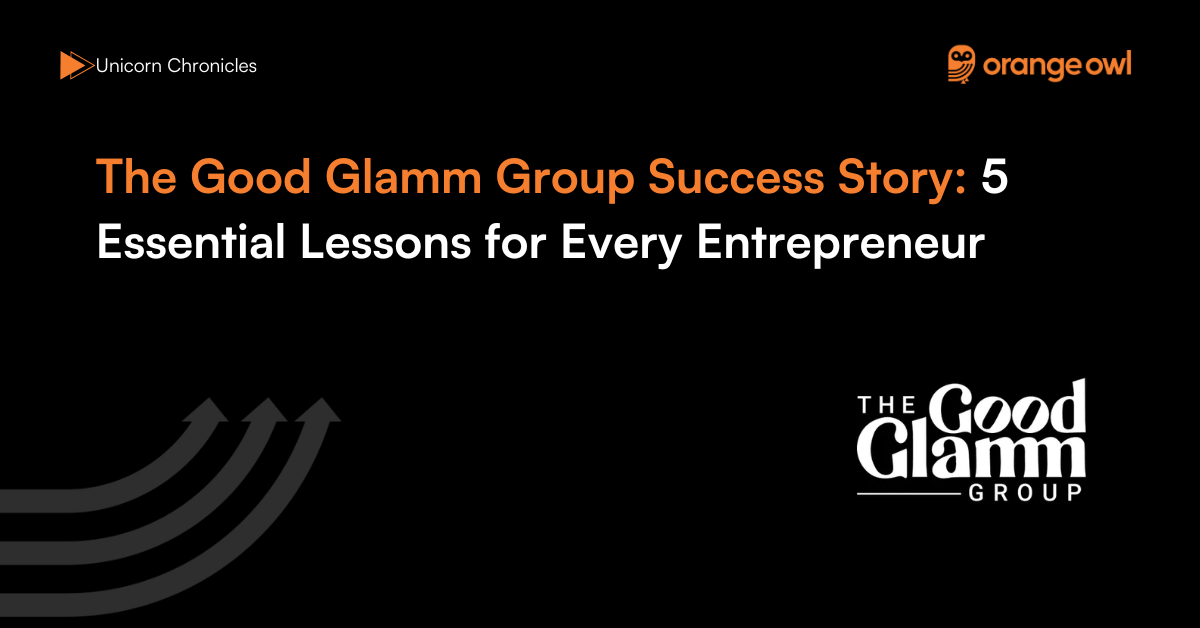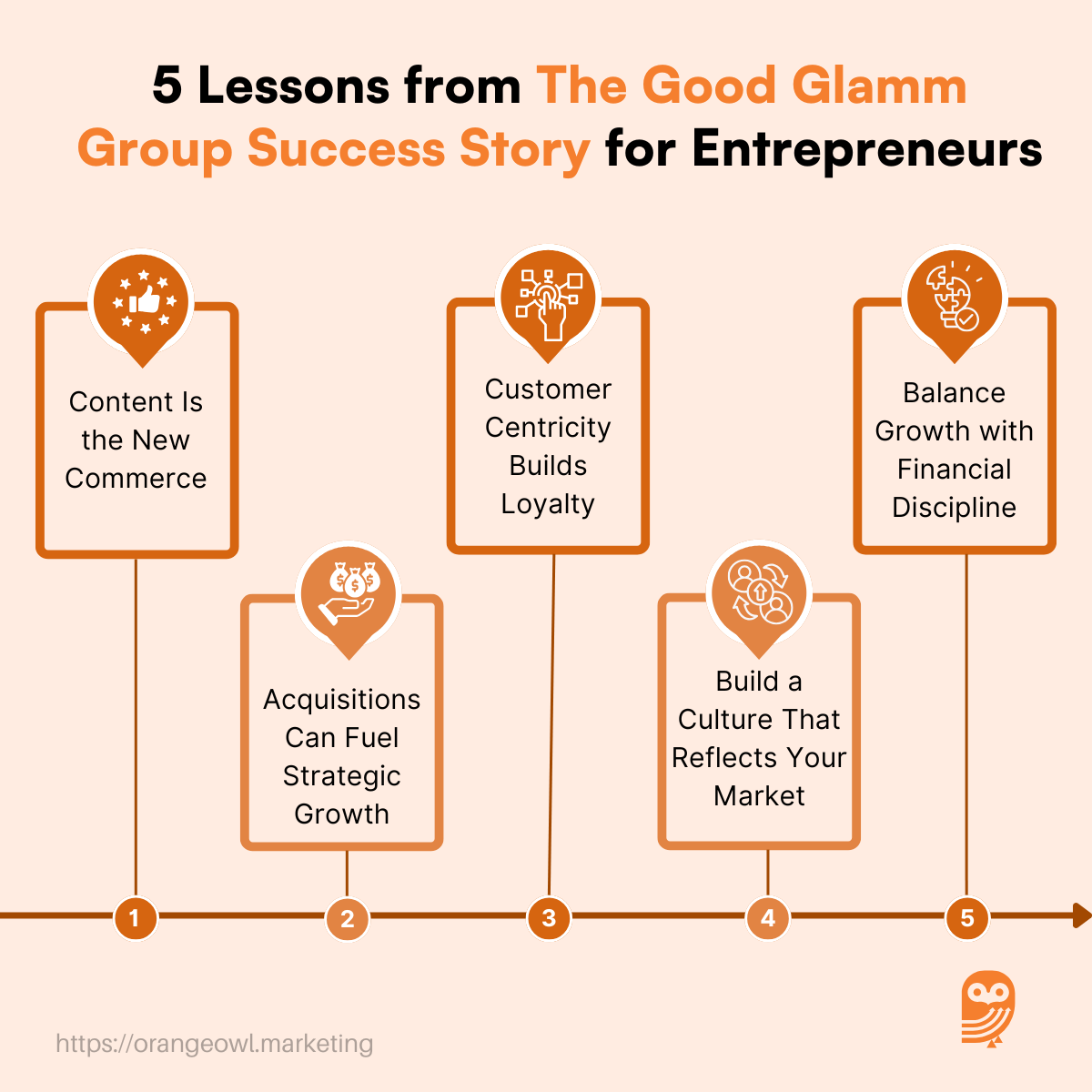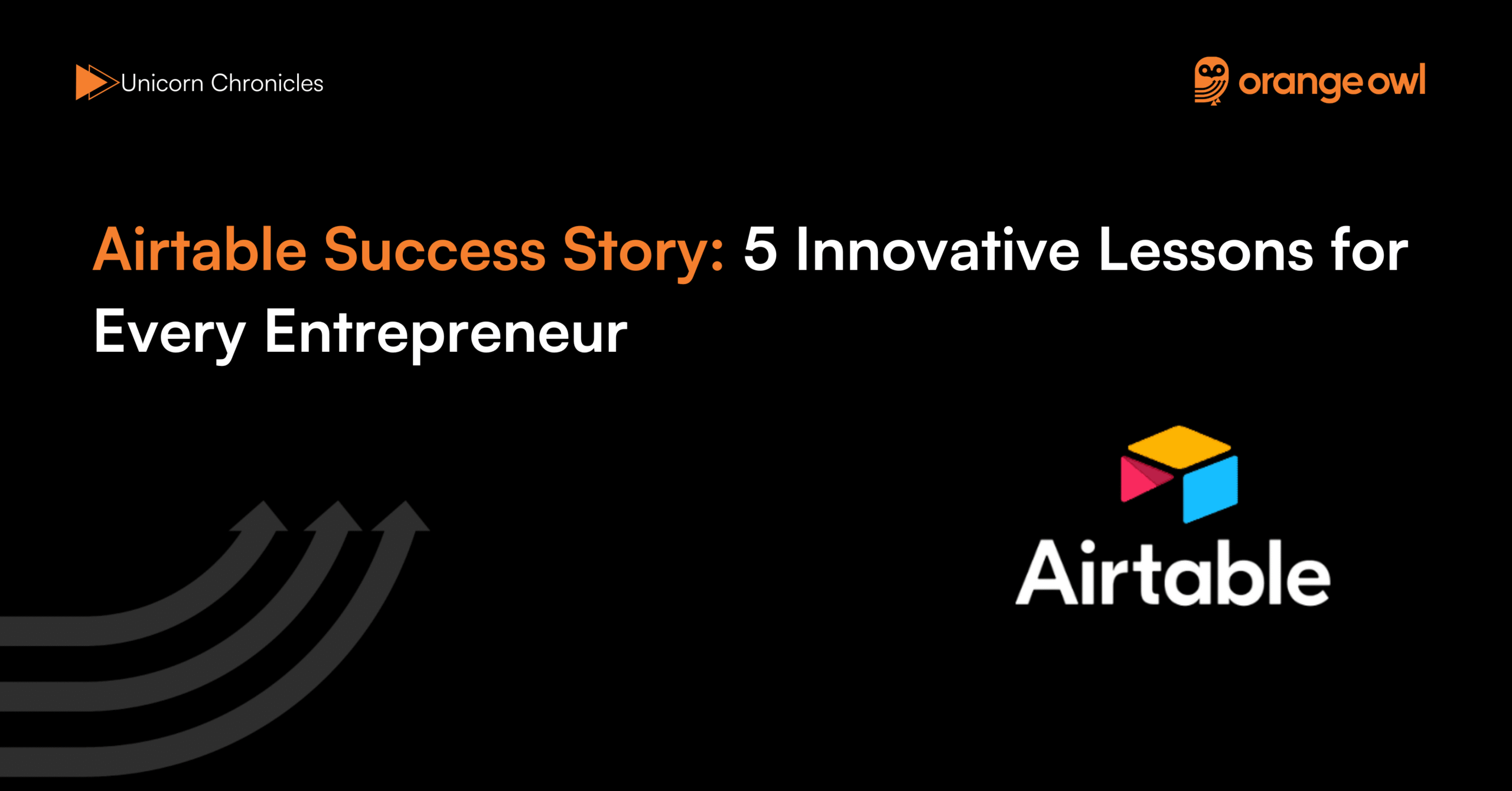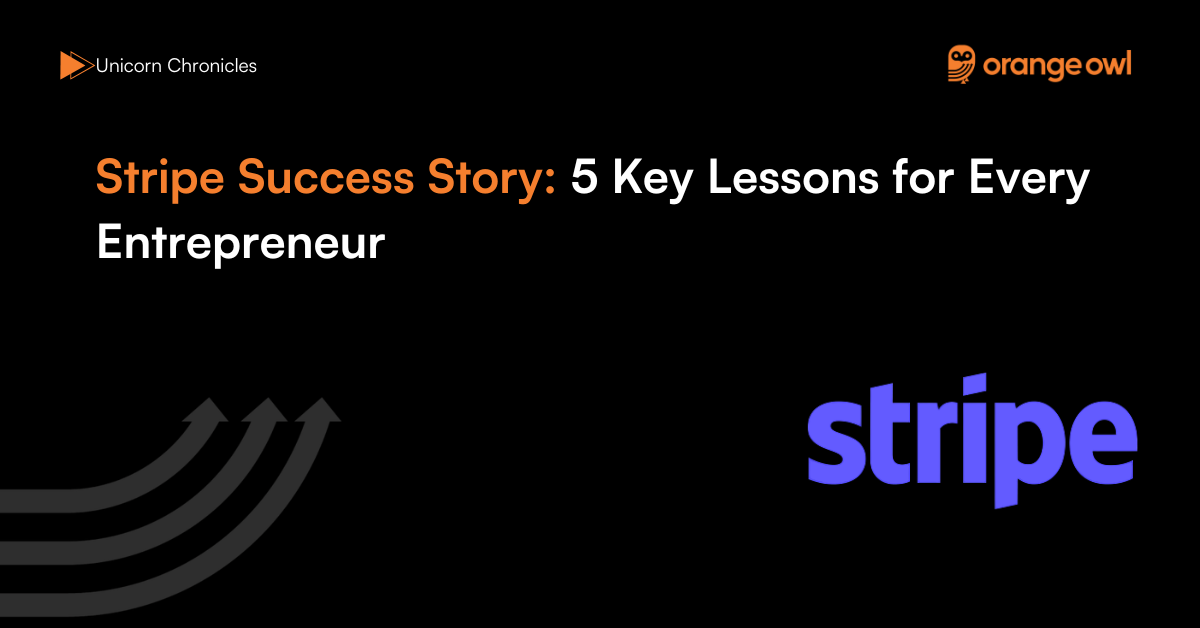The Good Glamm Group Success Story: 5 Essential Lessons for Every Entrepreneur
Vivek Goel
June 17, 2025

Table of Contents
Introduction
In the rapidly evolving landscape of beauty and personal care, The Good Glamm Group has emerged as a trailblazer, revolutionizing how brands connect with consumers by seamlessly integrating content, community, and commerce into a unified growth engine. Founded in 2017 by visionary entrepreneurs Darpan Sanghvi, Priyanka Gill, and Naiyya Saggi, the company initially started as MyGlamm—a direct-to-consumer (D2C) beauty brand focusing on clean, vegan, and cruelty-free products tailored to Indian consumers.
Within just four years, The Good Glamm Group achieved unicorn status in 2021, valued at an impressive $1.2 billion. This rapid ascent marked it as one of India’s most promising startups in the beauty and personal care space. Today, The Good Glamm Group encompasses a diverse portfolio of over 10 brands, including flagship names like MyGlamm, The Moms Co., Sirona, and BabyChakra, alongside powerful content platforms such as POPxo and ScoopWhoop. Together, these platforms engage a massive audience of more than 200 million users every month, establishing one of the largest digital-first ecosystems in India’s beauty and lifestyle sector.
The group’s unique strategy—fusing high-quality product offerings with engaging content and a strong community of creators—has not only redefined customer engagement but also positioned it as a formidable competitor against established multinational corporations. Their success is underscored by staggering growth figures, including an annual revenue surge of over 6x between 2019 and 2022, and expansion to over 10,000 offline retail touchpoints, blending online agility with offline presence.
As The Good Glamm Group prepares for its much-anticipated public listing in 2025, its journey stands as a compelling case study for entrepreneurs and marketers. It demonstrates how innovation, strategic acquisitions, and relentless customer-centricity can scale a business from a niche startup to a market leader, challenging the status quo in one of the world’s most competitive industries.
Origin Story
The journey of The Good Glamm Group began with a keen observation by its founder, Darpan Sanghvi. While exploring the Indian beauty market, Sanghvi realized that most products were either imported or designed without a deep understanding of Indian skin tones, textures, and the country’s unique climate conditions. This gap inspired him to create MyGlamm, a clean, vegan, cruelty-free beauty brand that was tailored specifically for Indian consumers. But MyGlamm wasn’t just another D2C (direct-to-consumer) brand—it introduced a distinctive tech-enabled distribution model that emphasized convenience, customer feedback, and digital interaction from the very beginning.
The turning point came in 2020, when Sanghvi joined hands with two powerhouse entrepreneurs—Priyanka Gill, the founder of POPxo, and Naiyya Saggi, the founder of BabyChakra. Both Gill and Saggi had already built large, loyal audiences through content and community platforms focused on women and parenting. Recognizing the synergies between commerce, content, and community, the trio merged their ventures and launched what would become The Good Glamm Group in 2021.
This new entity was more than a sum of its parts. It was built on a bold vision: to redefine beauty and personal care in India by creating a digital ecosystem where meaningful content drives informed consumption. This meant that instead of relying solely on traditional marketing, The Good Glamm Group would engage users through relatable stories, creator-led conversations, and authentic product recommendations.
As Priyanka Gill put it, “Our idea was simple—we didn’t want to just sell products, we wanted to build trust and relationships through content.”
The formation of The Good Glamm Group marked a fundamental shift in how consumer brands operate—integrating high-quality products, scalable content engines, and loyal communities to drive exponential growth. Within a year of its formation, the group became a unicorn with a $1.2 billion valuation, setting the stage for what would soon become one of India’s most admired and innovative beauty-tech companies.
Reflecting on this vision, Darpan Sanghvi shared,
“We realized early on that content drives engagement, and engagement drives trust. That’s what makes consumers come back—not just for products but for the experience.”
Business Landscape and Early Challenges
When The Good Glamm Group entered the Indian beauty space, it faced stiff competition from giants like HUL and L’Oréal. Competing on product quality alone wasn’t enough—they had to differentiate themselves through experience and strategy.
One of the biggest challenges was high customer acquisition costs, which hovered around $15 per customer in the early stages. The team tackled this with a unique content-to-commerce model, where media platforms like POPxo and ScoopWhoop educated, entertained, and directed audiences to their beauty brands—significantly reducing marketing spend over time.
Another key challenge was integrating a wide variety of acquired brands under one unified structure. To solve this, the group was restructured into three core divisions:
- Good Brands Co. (beauty and personal care brands)
- Good Media Co. (digital platforms like POPxo, ScoopWhoop)
- Good Creator Co. (influencer network and creator commerce)
Speaking about the structural overhaul, Naiyya Saggi said,
“We wanted each division to operate like a startup, with the agility to scale while aligning with the group’s larger vision.”
Growth Strategies
The Good Glamm Group’s extraordinary growth trajectory can be attributed to its innovative, multi-pronged approach that combines digital-first agility with strategic acquisitions and omnichannel expansion. Central to their growth was the creation of a powerful content-to-commerce ecosystem.
By acquiring prominent digital media platforms like POPxo, ScoopWhoop, and MissMalini, the group was able to tap into a vast, engaged audience and guide consumers seamlessly from content consumption to product purchase. This integration transformed passive viewers into active buyers, accelerating growth in a highly competitive beauty market.
The group’s aggressive mergers and acquisitions strategy also played a pivotal role. Over a short span, The Good Glamm Group acquired more than a dozen companies, including well-known personal care brands such as The Moms Co., Sirona, and Organic Harvest.
These acquisitions were not just for brand expansion but also for scaling operational efficiencies. Post-acquisition, these brands often experienced exponential growth—transaction volumes grew up to five times—thanks to better technology integration, improved supply chain management, and broader distribution networks leveraged across the group.
Alongside digital dominance, The Good Glamm Group recognized the importance of blending online and offline experiences. While rooted in digital, they significantly expanded their retail footprint, scaling from around 500 to more than 10,000 offline touchpoints nationwide. Their flagship stores, such as the one in Mumbai, exemplify the concept of “phygital” — a seamless blend of physical and digital shopping experiences that enhance customer engagement and loyalty. This balanced omnichannel approach has been vital in reaching diverse customer segments across urban and semi-urban markets, fueling sustainable growth.
Marketing Strategies
Marketing at The Good Glamm Group has been a masterclass in combining authenticity, storytelling, and community engagement to build a loyal and expansive consumer base. At the heart of their marketing approach lies a deep understanding that today’s consumers seek more than just products—they crave relatable stories, trusted voices, and meaningful conversations around lifestyle and self-care.
The group’s influencer and creator network has been a cornerstone of their brand-building efforts. Through initiatives like the Good Creator Co., The Good Glamm Group onboarded over 1.5 million content creators who act as authentic brand ambassadors. This expansive creator ecosystem amplifies the group’s message organically, resonating with diverse audiences across different demographics.
Priyanka Gill, co-founder of the group, emphasized, “We are not just selling lipsticks. We are building stories, creating conversations, and offering solutions. That’s what sets us apart.”
This philosophy underpins their marketing, making every campaign more than just a sales pitch—it’s a platform for engagement and empowerment.
Community-building efforts, especially through the “Good Community” initiative, have also helped foster hyper-targeted networks centered around specific interests and lifestyles. This approach strengthens the emotional connection between the brand and its consumers, turning users into advocates who actively participate in shaping the brand narrative.
Transparency and authenticity are further reinforced through the group’s emphasis on clean, cruelty-free, and sustainable beauty products. This aligns with the growing consumer demand for ethical brands, helping the group differentiate itself in a crowded market. Their storytelling is complemented by rich content that educates consumers on ingredients, benefits, and usage, thereby empowering them to make informed choices.
Overall, The Good Glamm Group’s marketing strategy effectively bridges the gap between commerce and culture, transforming customers into a vibrant community engaged not just by products but by the brand’s larger purpose and values.
5 Essential Lessons for Every Entrepreneur
The story of The Good Glamm Group offers invaluable lessons for entrepreneurs looking to build scalable, innovative businesses in today’s dynamic market. The company’s journey highlights how content, strategic growth, customer focus, inclusive culture, and financial discipline can collectively fuel success.
1. Content Is the New Commerce
The Good Glamm Group has demonstrated that content is far more than just a marketing tactic—it is a powerful engine that drives conversions and builds lasting consumer relationships. By integrating high-quality content platforms like POPxo and ScoopWhoop into their ecosystem, they created an environment where consumers not only discover products but are also educated and emotionally engaged.
This seamless blend of content and commerce turns passive audiences into active customers who trust the brand and return repeatedly. Their approach proves that businesses that invest in storytelling and meaningful content can foster deeper loyalty and reduce reliance on traditional sales tactics.
2. Acquisitions Can Fuel Strategic Growth
Instead of solely relying on organic growth, The Good Glamm Group accelerated its scale through smart and strategic acquisitions. By bringing startups and brands like The Moms Co., Sirona, and Organic Harvest under its umbrella, the company expanded its product portfolio and market reach rapidly.
These mergers were carefully selected to align with the group’s vision of offering clean, sustainable, and consumer-centric beauty products. This acquisition-led growth not only diversified their offerings but also enhanced operational efficiencies by integrating technology, supply chain, and distribution capabilities across brands. Entrepreneurs can learn that acquiring complementary businesses can be a powerful strategy to quickly gain market share and broaden their value proposition.

3. Customer Centricity Builds Loyalty
The Good Glamm Group’s ability to personalize customer experiences at scale has been a critical driver of its success. Leveraging platforms like BabyChakra, which connects parents with trusted information and products, the group built highly targeted, customer-focused engagement.
This personalized approach led to a significant increase in customer retention, with repeat purchase rates jumping from 35% to an impressive 65%. By listening to consumer needs, preferences, and feedback, the company continuously refined its offerings and created tailored experiences that fostered trust and long-term loyalty. For entrepreneurs, this underscores the importance of placing the customer at the center of every business decision to nurture lasting relationships.
4. Build a Culture That Reflects Your Market
Reflecting its primarily female consumer base, The Good Glamm Group prioritized diversity and inclusion within its workforce. Women make up about 60% of the company’s employees and hold leadership positions across key business units. This isn’t a mere statistic; it is a deliberate strategy to ensure that the company’s culture and decision-making processes resonate authentically with its core customers.
Priyanka Gill, co-founder, emphasized, “You can’t build a brand for women without women leading it. Our team embodies the market we serve.” Entrepreneurs should recognize that cultivating a culture that mirrors the target market can enhance innovation, empathy, and product-market fit, ultimately driving business growth.
5. Balance Growth with Financial Discipline
Rapid scaling often comes at the cost of profitability, but The Good Glamm Group has taken a disciplined approach to balancing growth with sustainable financial management. While marketing spend initially accounted for as much as 75% of revenue to fuel aggressive customer acquisition, the company has successfully reduced this to around 30%, leveraging content-led strategies for more cost-effective engagement.
Their clear target to achieve EBITDA profitability by FY25 reflects a mature approach to scaling—one that prioritizes not just market expansion but also long-term financial health. Entrepreneurs can learn from this balance, understanding that sustainable growth requires vigilance on expenses, efficient use of resources, and careful financial planning.
Conclusion
The Good Glamm Group has redefined how modern beauty brands engage with consumers by combining storytelling, technology, and community to create a new commerce paradigm. What started as a single direct-to-consumer beauty startup has evolved into a digital powerhouse preparing for its public listing. Its journey offers a masterclass in smart acquisitions, ecosystem-building, and consumer-first innovation, demonstrating how challenges can be transformed into opportunities.
Darpan Sanghvi, the group’s founder, summed it up perfectly:
“In a world of distractions, the brands that win will be those that create deep, emotional connections. That’s what we’re building at The Good Glamm Group.”
For entrepreneurs across industries, this story is a powerful reminder that purpose-driven strategies and authentic engagement are key to building enduring success.


